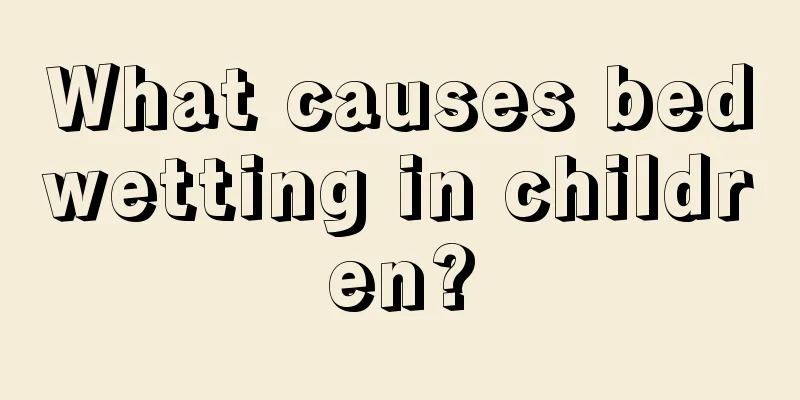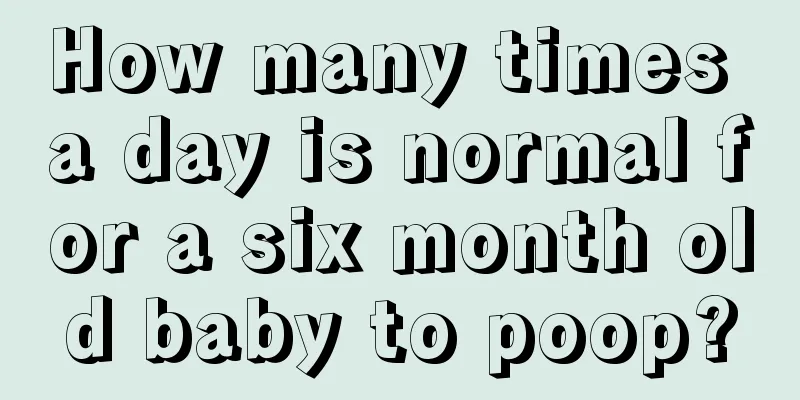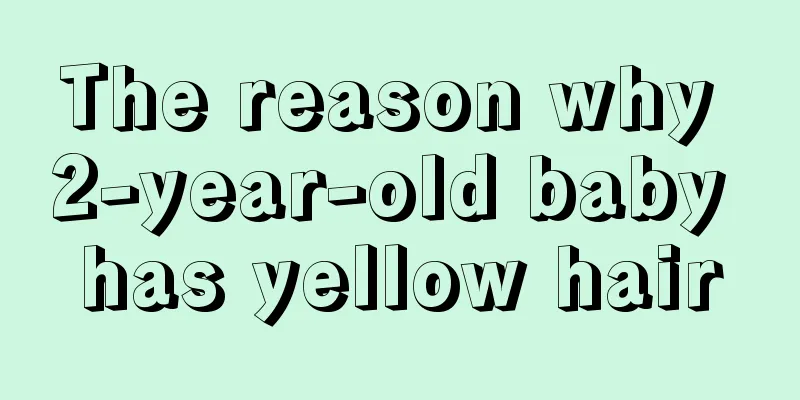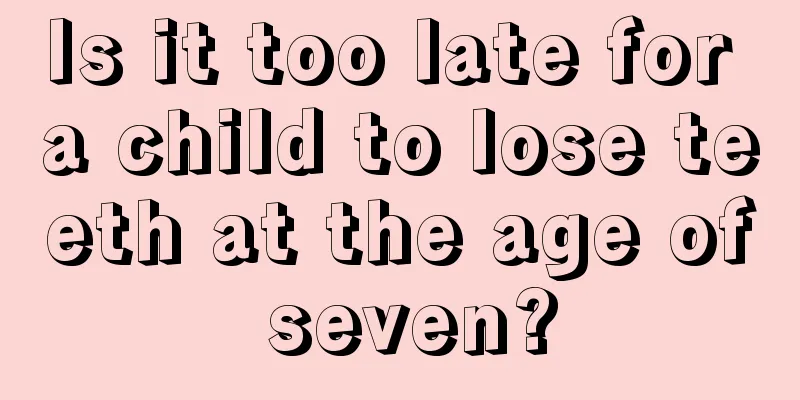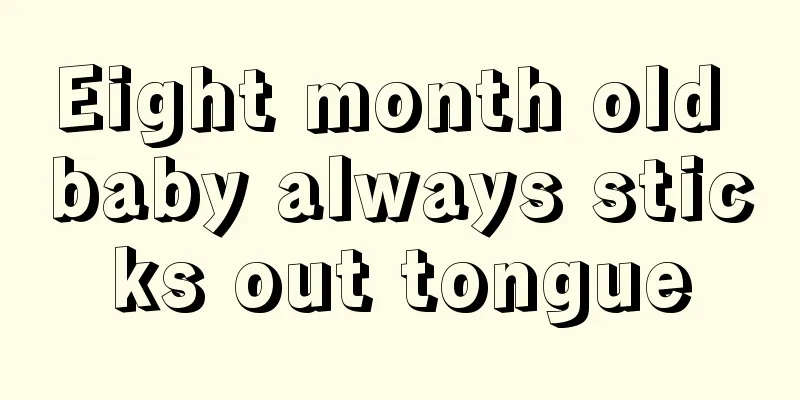Treatment of epilepsy in children

|
Pediatric epilepsy refers to the symptoms of epilepsy that exist in children. This symptom has a relatively large impact on human health. If no one takes good care of the child when the disease occurs, the child may even be injured. Epilepsy in children can be treated with specific drugs. Here are some drugs that can effectively treat epilepsy! 1. Phenobarbital It is effective for tonic-clonic seizures, myoclonic seizures and generalized tonic seizures occurring in all age groups, and has good effects on simple partial seizures and psychomotor seizures. The full daily dose is taken orally in 1 to 2 times, and it takes 12 to 15 days for the drug to reach a stable state in the body. Check blood drug levels regularly. Adverse reactions often include drowsiness, dizziness, and irritability. You can adapt to the medication within 1 to 2 weeks. 2. Phenytoin sodium Indications: simple partial seizures and generalized tonic-clonic seizures; also effective for complex partial seizures and tonic seizures. Oral, IV for status epilepticus Adverse reactions: This drug rarely has toxic and side effects within the effective dosage range, but long-term use can lead to gastrointestinal discomfort, abnormal liver function, granulocytopenia and thrombocytopenia, decreased cognitive function and memory; hypocalcemia and osteomalacia may also occur; infertility or impotence, hirsutism; skin and lymph node hyperplasia; more common is gingival hyperplasia, but it can gradually disappear after stopping the drug. 3. Carbamazepine Indications: partial seizures and tonic-clonic seizures. It is most effective for simple partial seizures, especially complex partial seizures, and is the drug of choice. Take orally, and reach a stable state in 3 to 4 days. Adverse reactions: Common ones are dizziness, drowsiness, blurred vision and diplopia. Balance disorders, vertigo, nystagmus, ataxia and hyperesthesia may also occur; rash is common but does not affect cognitive function. 4. Sodium valproate It is effective for all types of epileptic seizures, especially absence seizures as the first choice drug; it also has a good effect on generalized tonic-clonic seizures. It can also be used to treat simple partial seizures, complex partial seizures, myoclonic seizures, atonic seizures and infantile spasms. The daily dose is taken orally in 2 to 3 times. Adverse reactions: Common adverse reactions are gastrointestinal dysfunction, including loss of appetite, nausea, vomiting, indigestion, diarrhea or constipation; special attention should be paid to liver damage, so liver function must be checked regularly during use. |
>>: Baby's lips turn purple when crying
Recommend
Newborn baby care methods
After the baby is born, many parents, as they are...
What are the symptoms of hypoglycemia in children?
Hypoglycemia in children may be caused by an over...
What is the standard height and weight for a 9-year-old baby?
We all know that the most important thing for hum...
Baby's stool test positive for occult blood
Many parents check their baby's health by jud...
Reasons and treatments for baby's cough in the middle of the night
The baby's health is the most concerning issu...
What should I do if my primary school student has a nosebleed?
We often see people having nosebleeds. As we all ...
What are the items in the physical examination for a three-month-old baby?
The development of babies is different at differe...
Reasons why a one-year-old baby sweats when sleeping
In fact, taking care of a baby is very difficult ...
How to check Helicobacter pylori in children
If there are no symptoms of Helicobacter pylori i...
Treatment for red eyelids in babies
Children's skin is very fragile, and frequent...
What to do if your child's eyes are flashing
Generally speaking, myopia is accompanied by a li...
What are the symptoms of acute tonsillitis in children?
Acute tonsillitis is more common in children. Com...
How many times is it normal for a three-month-old baby to poop?
The number of times a three-month-old baby defeca...
Children's eye allergies need attention
In spring, dust, pollen, animal dander, etc. are ...
What to do if your three-year-old baby is constipated
I believe that many mothers take great care of th...

